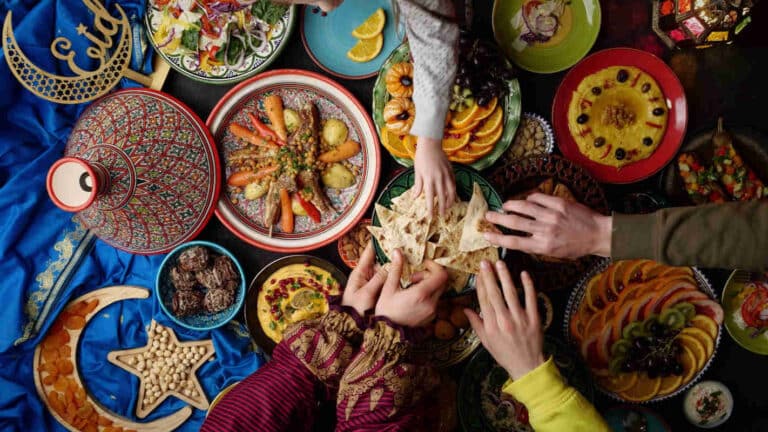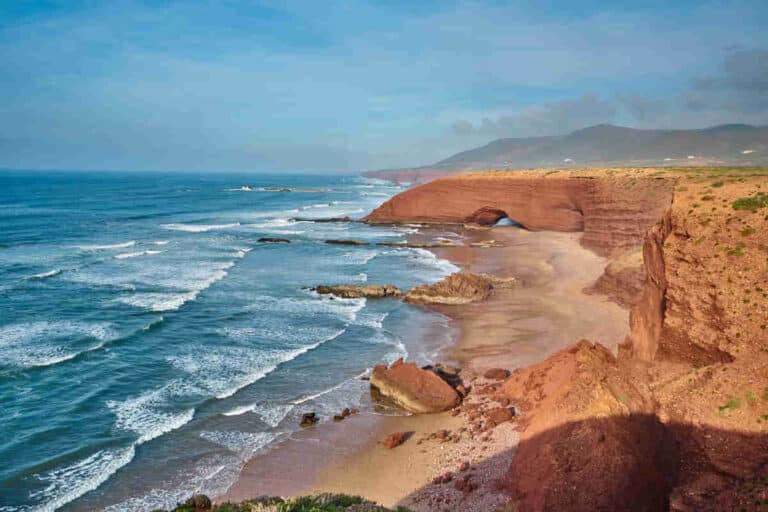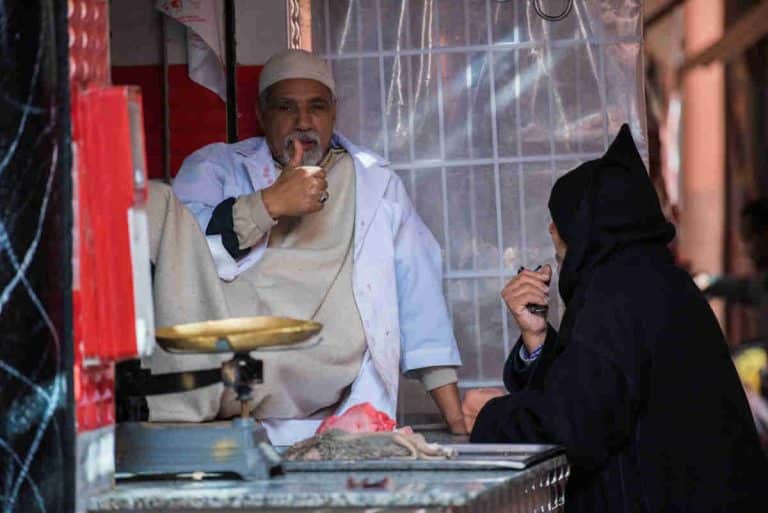During your trip, or even before, during the preparation phase of your trip, you may be wondering if berber y Amazigh is the same thing, as you will see that both terms are referred to interchangeably.
In this post we tell you what do they mean and if, indeed, they are equivalent terms.
Yes: Berber and Amazigh are the same thing… with nuances.
The term Berber is an adaptation into Arabic of the Latin word barbarusand this in turn from the Greek word βάρβαρος.
With these words reference was made to all those peoples that did not speak Greek or Latin.
De hecho, el significado de βάρβαρος es “que balbucea”, en referencia a ello.
Por tanto, en un primer momento, el término no tenía un sentido estrictamente peyorativo.
In the times of the Roman Empire, the term Berber was extended to all those peoples who lived beyond its borders.
And this term ended up specifically designating the tribes lived in North Africa but were not under Roman rule, i.e. the Amazigh people, who were spread over a vast territory.
If we stick to what is now Morocco, that non-Roman area would extend north and south of the Atlas, covering what is now Marrakech (which at that time did not yet exist), the pre-Saharan valleys to the south of the Atlas Mountains and also the desert. On the other hand, the Berber population does not call themselves Berberbut uses the term Amazigh in the singular and imazighen in the plural.
Its meaning is, precisely, very different from the meaning of barbarian: it means “free men”.
En realidad, las tribus imazighen se distribuían también por lo que hoy es Libia y Argelia, y de hecho antes de la conquista romana, estuvieron agrupados bajo el reino de Numidia.
What are they like?
Are they all the same?
There are many different ethnic groups within the Berber population, making up all the inhabitants of what is now the Maghreb, before the arrival of the Arabs in the seventh century.
The latter eventually became the majority of the population of present-day Morocco, but the Imazighen, generally lighter-skinned than Arab citizens, did not disappear than the citizens of Arab ethnicity, did not disappear and have survived with a special presence in some regions of the country.
One of the great signs of identity, in addition to the different skin color, is their language.
Or maybe we should say “languages”, since within the Amazigh language different dialects, geographically distributed in different places.
And they have nothing to do with the Arabic language of this country.In Morocco, the most widely used variant is the tashelhitIt is widely spoken south of the Atlas Mountains, all over the desert.
In the center of the country, the following variant is spoken tamazightwhich also includes territories in Algeria.
And in the north there is a strong presence of the rifeñoalso called tarifit, tarifacht or chelja.
In any case, they have great similarities to each other and can therefore be classified as one and the same language.
The character ⵣ, which is pronounced yazis one of the 33 Amazigh consonant letters and is usually associated with the concept of a free man, which is why it has become a symbol.
It has also become a symbol, in the 2011 Constitution of Morocco is recognized as an official language.A detail that demonstrates the defense and conservation that this language and its culture in general are experiencing in recent times.
Two other very distinctive features of the Amazigh culture are its clothingand his jewelry is humble but refined through the use of special materials such as amazonitecoral or amber.
Today, some estimates estimate that around 35% of the current Moroccan population is of Berber ethnicity, illustrating the survival of this pre-Arab culture, which, despite eventually adopting Islam as its religion, has managed to maintain its ancestral traditions.




